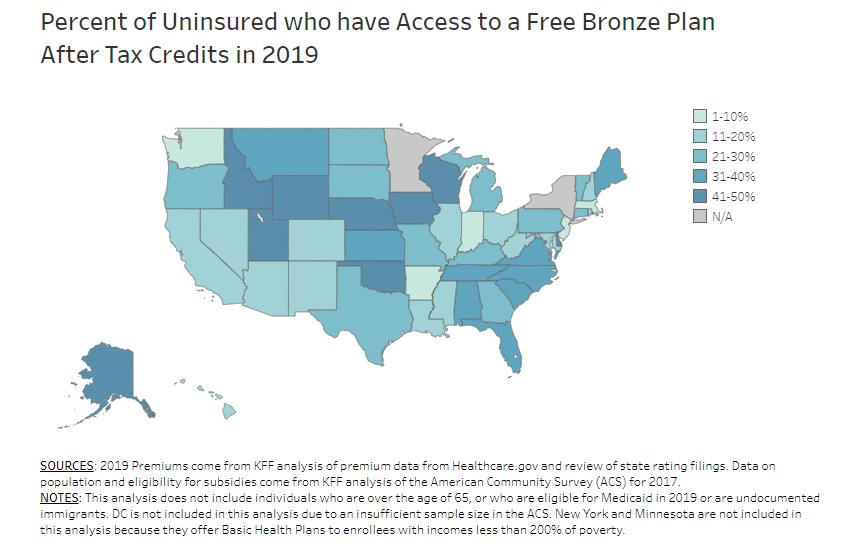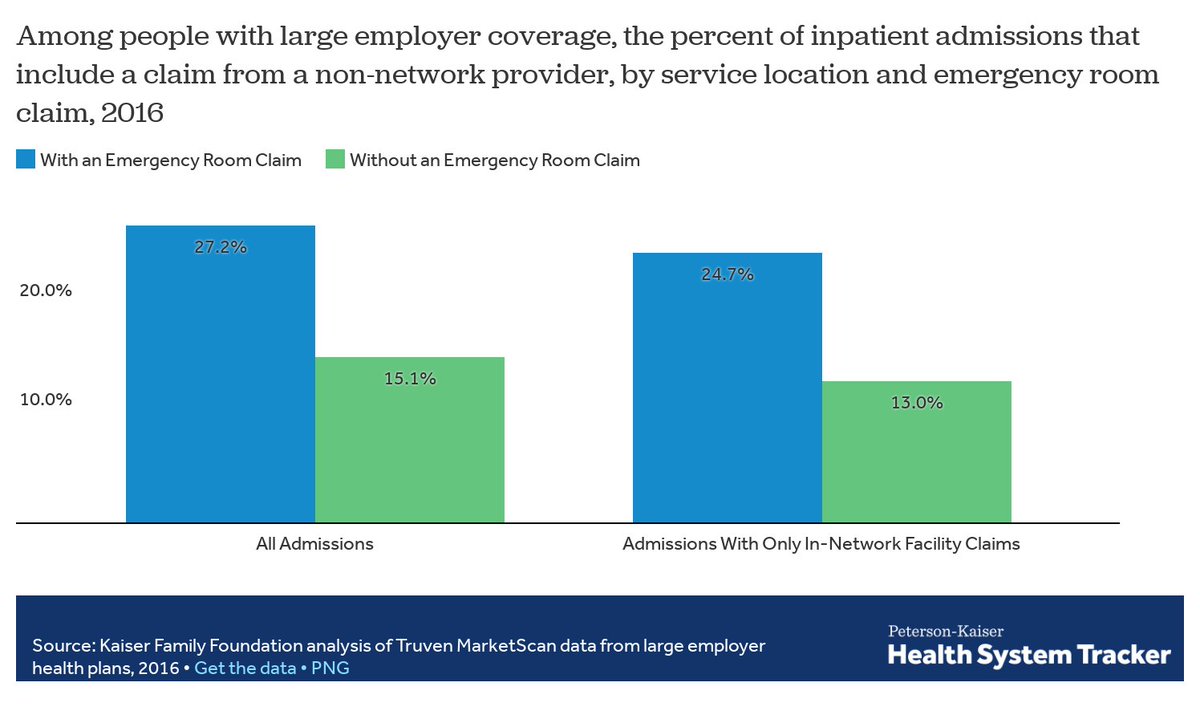
At her confirmation, #AmyConeyBarrett said the #ACA SCOTUS case is about severability.
That assumes the individual mandate is unconstitutional, and the question before the court is: 𝘾𝙖𝙣 𝙩𝙝𝙚 𝙧𝙚𝙨𝙩 𝙤𝙛 𝙩𝙝𝙚 𝘼𝘾𝘼 𝙨𝙩𝙞𝙡𝙡 𝙨𝙩𝙖𝙣𝙙?
The data shows it can... 1/9
That assumes the individual mandate is unconstitutional, and the question before the court is: 𝘾𝙖𝙣 𝙩𝙝𝙚 𝙧𝙚𝙨𝙩 𝙤𝙛 𝙩𝙝𝙚 𝘼𝘾𝘼 𝙨𝙩𝙞𝙡𝙡 𝙨𝙩𝙖𝙣𝙙?
The data shows it can... 1/9
2/ The individual mandate 𝗵𝗮𝗱 been seen as essential to the ACA’s individual market. The thought 𝗵𝗮𝗱 been, if people with #PreexistingConditons can get coverage, people would wait 'til they got sick to get insurance. This would drive up premiums and lead to a "death spiral"
3/ As anyone who has read the ACA knows, it’s a big piece of legislation. There’s a lot that has nothing to do with the individual mandate. Like calorie labeling, biosimilar approval, closing the Medicare donut hole. There was never a risk of a death spiral in Medicaid expansion.
4/ If the ACA needs the individual mandate anywhere, it’s the individual market. This is the market where people buy their own coverage and where the ACA newly required insurers to enroll people with #PreexistingConditions. So if there was going to be a death spiral, it'd be here
5/ In 2017, Republicans in Congress zeroed out the ACA's individual mandate penalty effective Jan 1 2019. There is still a mandate to buy insurance, but with a toothless $0 penalty.
For 2 going on 3 years, there's been no penalty AND no sign of a death spiral or market collapse
For 2 going on 3 years, there's been no penalty AND no sign of a death spiral or market collapse

6/ There’s a lot of evidence showing there’s no death spiral in the absence of a ACA mandate penalty:
✔️Insurers are profitable even while holding premiums flat;
✔️Insurers are newly entering or reentering the market; and,
✔️On average, enrollees don’t look any sicker.

✔️Insurers are profitable even while holding premiums flat;
✔️Insurers are newly entering or reentering the market; and,
✔️On average, enrollees don’t look any sicker.


7/ We have seen a drop in off-exchange enrollment – the part of the individual market where people are generally too high-income to qualify for subsidies. But this enrollment decline predated the penalty being zeroed out, and it was steepest when premiums were rising pre-2019. 

8/ So why haven’t we seen the death spiral so many experts expected?
The ACA's subsidies stabilize the market. It turns out most people 𝘄𝗮𝗻𝘁 health insurance, it’s just a matter of whether they can afford it or not. The subsidy “carrot” is stronger than the mandate “stick.”
The ACA's subsidies stabilize the market. It turns out most people 𝘄𝗮𝗻𝘁 health insurance, it’s just a matter of whether they can afford it or not. The subsidy “carrot” is stronger than the mandate “stick.”
9/ None of this may end up mattering to the Supreme Court’s decision.
But if you want to know what the 𝙙𝙖𝙩𝙖 shows on severability, it’s that the ACA can work -- and has been working -- without a mandate penality.
But if you want to know what the 𝙙𝙖𝙩𝙖 shows on severability, it’s that the ACA can work -- and has been working -- without a mandate penality.
• • •
Missing some Tweet in this thread? You can try to
force a refresh





